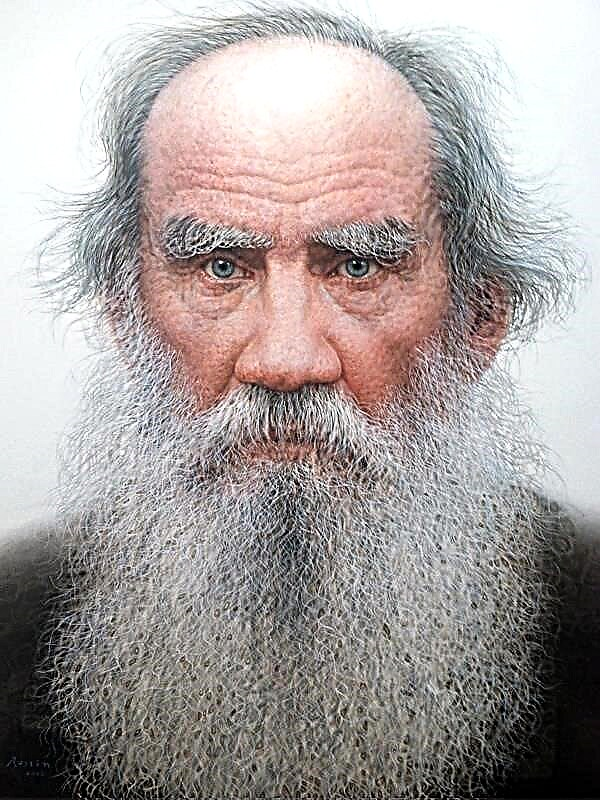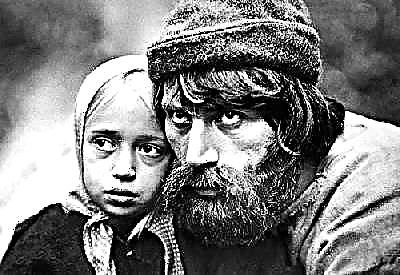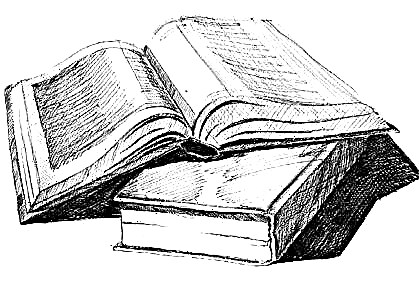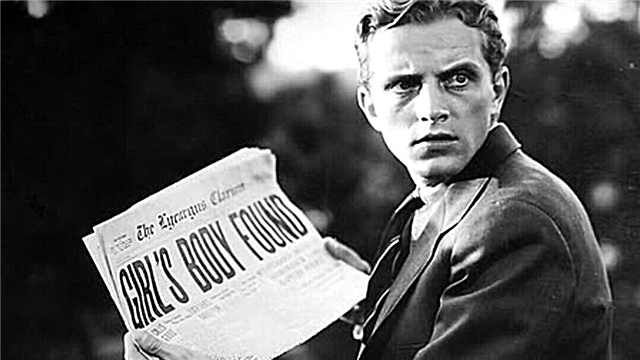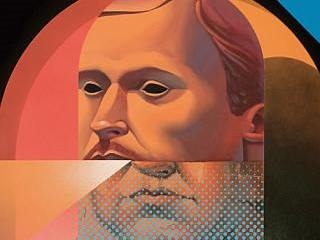The image of a demon has been in demand in art for centuries. Especially the appeal to this topic was popular during the period of romanticism. Among the Russian writers who interpreted the demon, A.S. Pushkin.
History of creation
Pushkin wrote the poem "Demon" during his southern exile. Then he was interested in religious literature and Goethe's work. Russian versions of Faust were already known by that time to a large number of writers, but A.S. Pushkin was among the first to create original works of Russian literature about a crafty tempter.
Initially, the work was called “My Demon”, under this name it was first published in the almanac of “Mnemosyne”. Later, the name “Demon” was assigned to the poem. Perhaps this is due to a wide understanding of the composition, some believed that he had a real prototype. For example, the lyrical hero was correlated with A.N. Rayevsky, a close friend of Pushkin. However, the poet himself denied the presence of the prototype.
Genre, direction and size
"Demon" is a romantic lyrical work of a philosophical nature. It refers to the genre of elegy, as it is imbued with the sad reasoning of the hero. The four-foot iambic, close to colloquial speech, gives the composition a confessional character.
The trend set in Russian poetry by Pushkin was very popular, both in high literature and in mass. A. Bashilov, A. Zilov, K. Bakhrushin and many other authors were followers, even in some ways the epigones of the poet. Following Pushkin M.Yu. Lermontov begins work on his great poem "Demon", and along with it creates the poem "Angel".
Images and Symbols
At the beginning of the poem, Pushkin turns to the images most characteristic of romanticism. Feminine looks, nightingale singing - all this resonates in a young, dreamy soul.
It is opposed to "evil genius." It symbolizes denial, skepticism. The demon does not know what optimism is and calls to abandon the belief in his best sacrifice. His image is permeated with negativity, dark power rejects love, inspiration - everything that stimulates life, creation and gives joy.
Themes and Issues
- Youth. This theme is presented in the poem by mentioning the feelings inherent in a young heart, as well as the image of May night when the nightingale is heard.
- Doubt. The demon illustrates the problem of doubt, it denies faith, an evil spirit can destroy the soul by striving to reject light feelings.
- Temptation. The demon provokes the abandonment of goals, simply surrender. The weak in spirit is not able to resist such a temptation: to recognize "the beautiful dream."
- The struggle between the dark and the light. In this work, the author depicted the eternal opposition of darkness and light on the scale of the human soul.
Meaning
Pushkin in a poem describes a condition familiar to many of us. Sometimes difficulties arise when doing any work, at such a moment you want to leave everything and recognize your aspirations as meaningless. The main idea is that such an oppressed state inspires an evil spirit, a spirit of doubt. It is the demon that makes you become a skeptic and forget past dreams.
Who does this spirit visit? Frustrated, desperate people whose hopes were not realized. Perhaps the author himself experienced such feelings, which inspired him to create such a sad work. So Pushkin shows how depressed a state of mind that has lost faith can be. The main idea of the poem is to remind a person how important it is to maintain fortitude and love of life.
Means of artistic expression
The first part of the poem is dedicated to beautiful youth, the poet refers to the epithets "sublime", "inspired." Since the appearance of the demon, there are such definitions as "stinging", "sad." This is the reception of the antithesis: the poet contrasts the bright dreams of a young soul and the cunning intentions of an evil spirit. The demon in the text is compared with an evil genius. Describing his speeches, Pushkin turns to personification: "His stinging speeches // Poured poison cold into the soul."
More often than other means of artistic expression in this work, the poet uses anaphora, and the repetition is aimed at attracting reader's attention.
An evil demon is a metaphor for doubt and despair - feelings that are capable of mastering almost every person.




